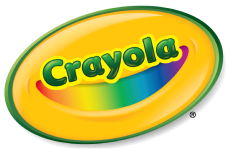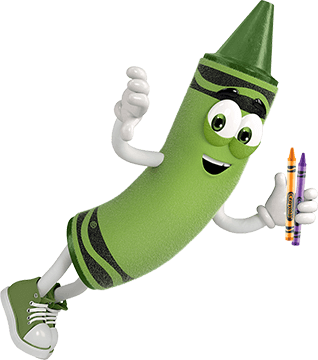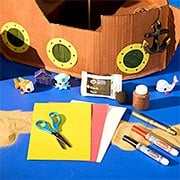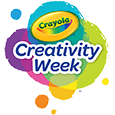Crayola® es el fabricante de productos de experiencia creativa de alta calidad y materiales para artistas finos, comercializados principalmente bajo las marcas Crayola y Silly Putty. Nuestro negocio está diversificado con el fin de ampliar nuestra base de consumidores para abarcar varios grupos de edad. Nuestro negocio se divide en tres grandes categorías:
- Productos vendidos a tiendas minoristas a través de cadenas de distribución tradicionales.
- Productos vendidos a escuelas, distribuidores educativos, minoristas de suministros de oficina y mercados especializados.
- Productos vendidos en el extranjero a través de nuestra división internacional.
Cada una de nuestras tres divisiones principales desarrolla estrategias para acercarse a un determinado mercado en función del usuario o comprador objetivo, el lugar donde se vende el producto y la ubicación del producto en la tienda minorista.
Lamentamos decepcionarle, sin embargo, no podemos proporcionar información específica sobre nuestras estrategias de marketing y prácticas publicitarias debido a su naturaleza patentada. Se puede encontrar información adicional sobre los medios de comunicación y el marketing visitando el Centro de Prensa de Crayola en Crayola.com.
Si tienes preguntas adicionales, ¡nos encantaría saber de ti! No dudes en llamarnos o enviarnos un mensaje de texto al 1-800-CRAYOLA días laborables entre las 9 AM y las 4 PM hora del Este. Si prefieres enviarnos un correo electrónico, visita nuestra página de contacto.
Preguntas relacionadas
Explora respuestas a preguntas comunes, consejos útiles para eliminar manchas e ideas creativas para aprovechar al máximo nuestros materiales de arte y recursos gratuitos.
-
According to Merriam-Webster, the proper pronunciation of crayon is in two syllables: krā-än. However, variations in pronunciation may occur due to individual and regional dialects. It's important to note that "crayon" is a generic term, while Crayola® is our company name and a registered trademark brand.
-
The first part of the Crayola Crayon color name is an adjective describing the second color name on the crayon. Green-blue is really blue with a touch of green, while blue-green is really green with some blue pigment in the crayon. The same holds true for orange-red and red-orange.
-
The powdery deposit you may see on the surface of your Crayola product is called bloom. This occurs naturally and is perfectly safe.
Bloom appears on Crayola wax‑based products, such as crayons and colored pencils. It occurs when oil contained in the paraffin wax used in these products seeps to the surface and re‑crystallizes into a milky powder. You may also see this with sculptures made with Crayola Air‑Dry Clay as the product ages or is exposed to varying temperatures and humidity. Rest assured, this process is harmless, and the powdery substance and crystallization do not affect the quality or performance of the product. Remove by gently wiping away with a dry cloth.
-
It is difficult to provide an exact shelf life for Crayola products because it depends on how and where they have been stored. Our products are generally tested on the basis of how they are used, rather than how long they have remained unused. We stand behind the Crayola brand name and will work to take care of any quality issue you may encounter.
-
Crayola® did not invent the crayon. The "modern" crayon originated in Europe, initially made from a mixture of charcoal and oil, later replaced by powdered pigments. Wax was later substituted for oil, making the sticks sturdier and easier to handle.
In 1902, Crayola Crayons were invented by Binney & Smith and first offered for sale in 1903. The trade name "Crayola" was coined by Mrs. Edwin Binney, combining "craie" (French for chalk stick) and "oleaginous" (oily).
Crayola manufactures over 3 billion crayons each year, primarily made from paraffin wax and color pigment. Learn more about Crayola's colorful history at Crayola.com.




